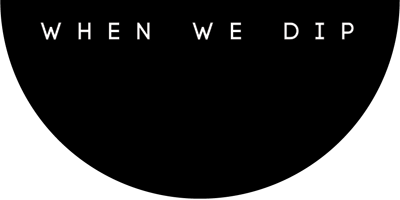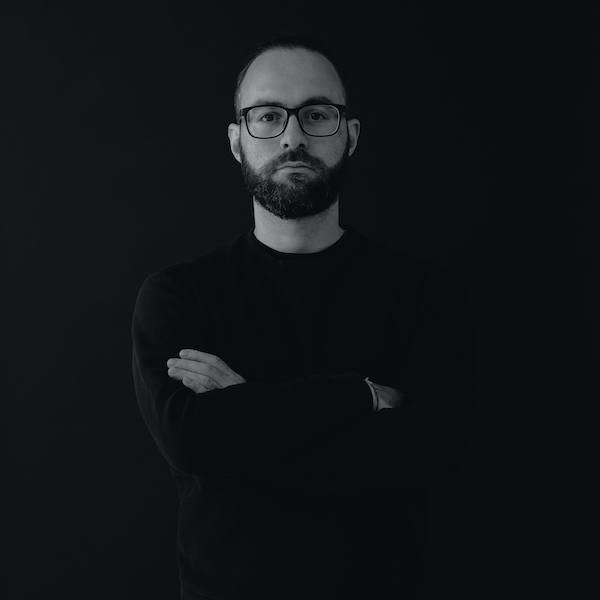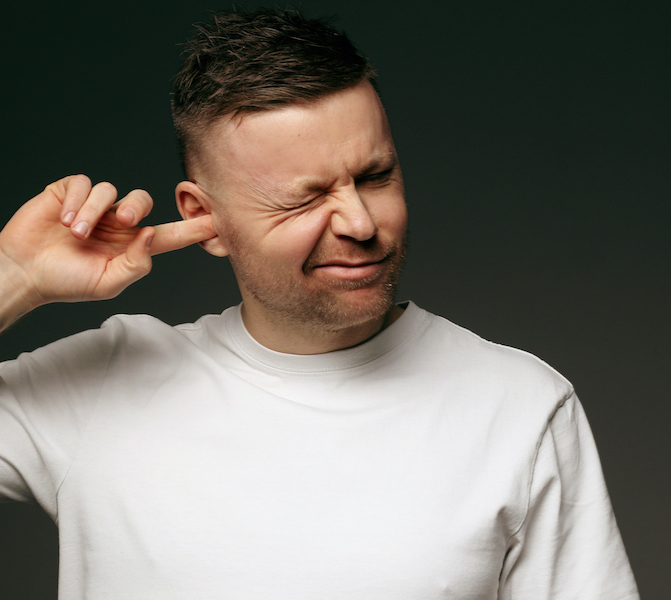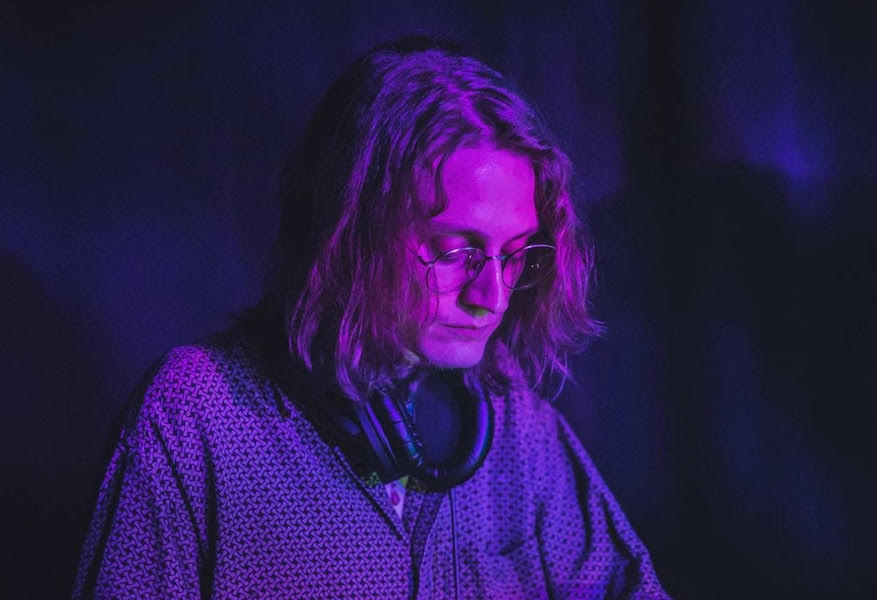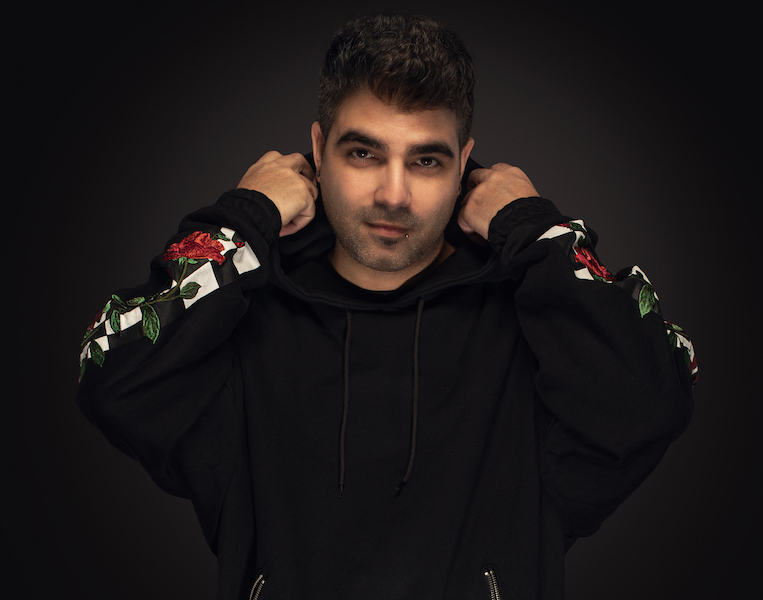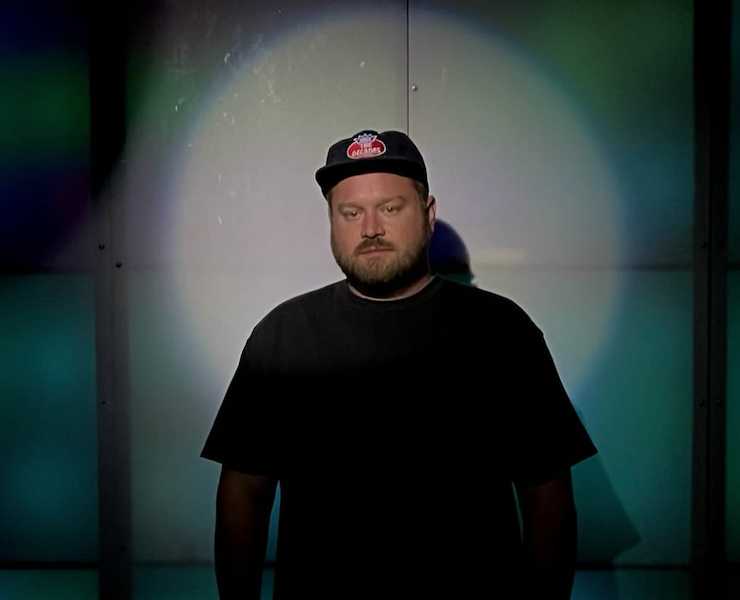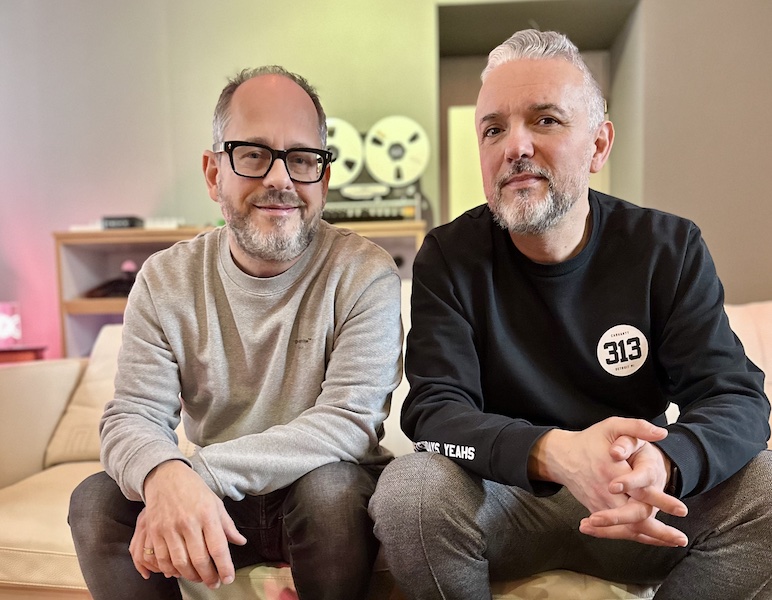Based in Milan, Italian artist Daniel Tagliaferri aka Ivory brings a surreal beauty to his innovative brand of electronic composition. As a favourite of Adriatique, Ame, Dixon, Lehar, Tale Of Us, Toto Chiavetta and Trikk, Ivory made his microcastle debut in July of last year with ‘No Scale Can Resize You’. Rising to #1 in Beatport Indie Dance and Melodic House & Techno, the release received praise from both his contemporaries and fans alike. Carrying momentum forward, 2020 has yielded significant creative successes for Daniel. The release of ‘Dreamers’ via Innervisions and ‘Hold Your Breath’ via Multinotes have proven to be two of the year’s most well received tracks. Now as he releases his second microcastle project ‘Light Through Water’, we catch up with Daniel for some insight into his studio workflow.
Inspiration
There’s an endless, romantic relationship between inspiration and creatives. Sometimes it looks like a troubled love made by dramatic chasings and passionate night calls. The most important thing for me is having something to “say”, like a physiological need to express something strictly yours, to share to everyone out there, to make people feel your feelings. Inspiration can be found everywhere, listening to another piece of music or watching a film; from paintings, photography, reading a book or travelling, an experience or just from my daily feelings. Everything can also blunt inspiration, so feeding it constantly is a good way to reach it, but if it’s not the day do not stress over it and try to force something out that isn’t flowing naturally, that’s just a waste of time.

Start a new project
Sometimes clicking the Ableton icon and “starting a new project” is not the real beginning of the process. For hours I can listen to samples, vocals, noises, or why not even underwater audio captions for whales (i really did!) to always have a fresh and inspiring database of sounds to set the mood of the music i’m going to start. Setting the atmosphere is the real first step, it can happen working on drums or a melody, editing a sample or warping a vocal. Starting with a loop is always easier to set the mood, when the atmosphere works I can then start to add elements and minutes. This kind of approach allows me to have a solid base to develop the different phases and arragement of tracks.

The idea / The canvas
Adding elements, building structure, writing arrangements and melodies are surely the biggest part of creative workflow, that’s the real challenge. Starting from this point I keep control of many different aspects that have led me to write the idea or paint the canvas.
First of all, like every experience is different, every track and every workflow is different too.
Sometimes everything can happen in 2-3 hours, other times it can take more hours or days, but when the main idea is made in a really short time, it means that inspiration is at it’s best, the magic has happened, everything works better when it flows naturally, without leaving time to think too muchand to just let yourself be led by the music. If inspiration doesn’t give me this pleasure then I need to think more about the global idea of what I’m doing and try to find the best solution jamming with my synths or VSTs. Something that is really helpful is doing long takes without deleting anything that comes from the jam, often I find the best solution for the main theme or another kind of arrangement re-listening to a muted channel recorded days before.
Another point that is really important to take under your control during this phase is how to shape the sound design. It’s something related to style and your ownsound which is fundamental because it allows you to be recognized and be unique as an artist. In my opinion, it’s best to stay focused on sound design throughout the process to make your mixdown session easier later on.
Less elements that are well balanced with each other in a range of frequencies and dynamics can help a lot, this allows the track to work or breathe better and doesn’t mess with the mix of every channel. Could be obvious but the “less is more” philosophy always works and it’s something to strive for constantly during the workflow. For example, when I start to add elements over elements and the track is still missing something, it means i’m not finding the right path and that i’m choosing the wrong elements and sound design. It’s better to step outside this and re-think the entire idea or why not change the project. If I get too lost in it without solving anything or I’m re-listening to the same parts or a loop for the 300th time, it’s a sign that the workflow is not taking me on the right path, it’s better to take a step back or consider to restart from the beginning with different ideas. Restriction is an ally, if possible it’s better to use less gear to help maximize the idea and not lose yourself in endless presets.To use a parallel with painting, if the previous “mood/atmosphere” phase could be like setting the background color for a painter, instead, this phase could be the global composition and harmony of every element on the canvas.

Cleaning/Details
At this point the bigger picture is ready to be cleaned and enhanced by details. Not easy work but really useful, listening to the whole composition the day after might surface imperfections or useless elements. Often in a re-listening session I notice elements that are not really fundamental for the track, so I start to delete or cut everything that is extra. Could be a percussion or a hi hat loop, and other times a doubled line of leads or pads, the most important thing is to have a streamlined track with highly functional elements. This work goes hand in hand with adding complementary details. Adding small details with the use of effects, noises or a range of various small elements in the right parts of the track helps bring fluidity to the transitions or making it less repetitive, details can better prepare the piece for the introduction of a main theme or other big element. It’s a meticulous game of adding and cutting to reach the perfect dance of every element. That strictly relates to the wise work of balancing the level/volume of every channel.This could be considered more like a pre-mixing job but I really think it’s an integral part of the creative process.
